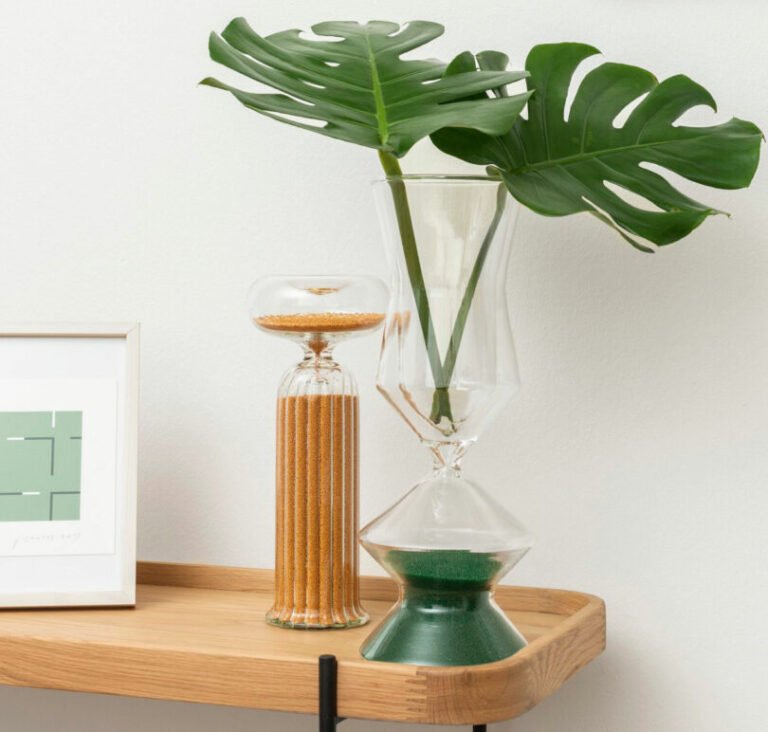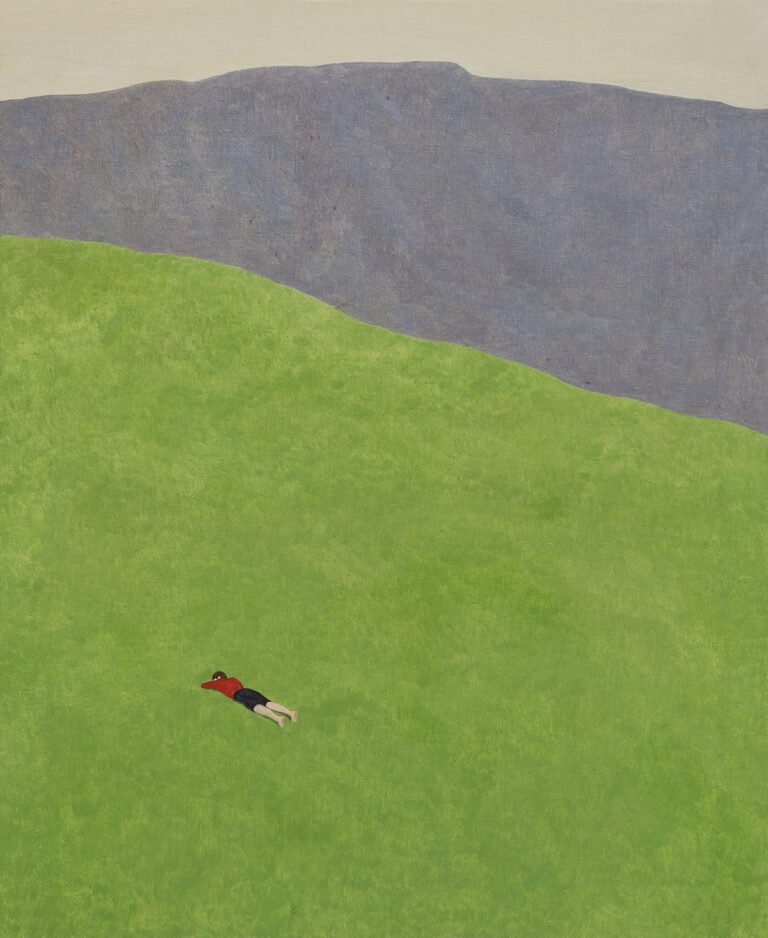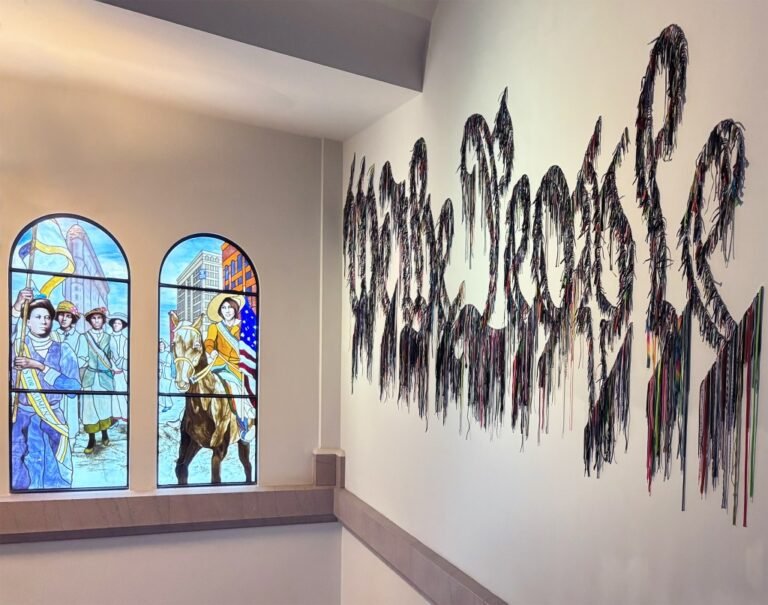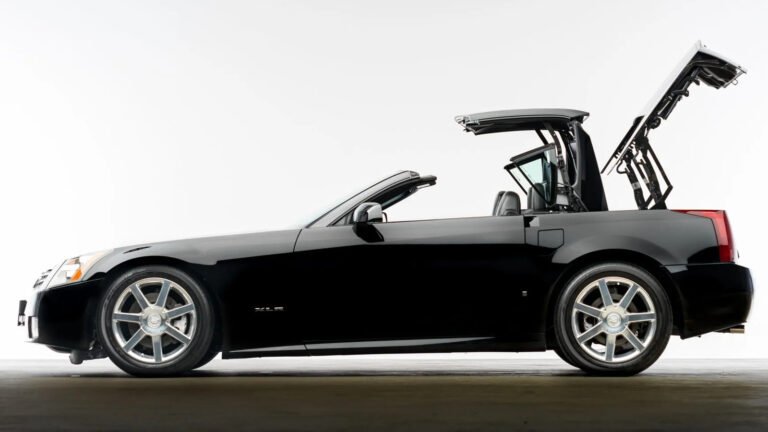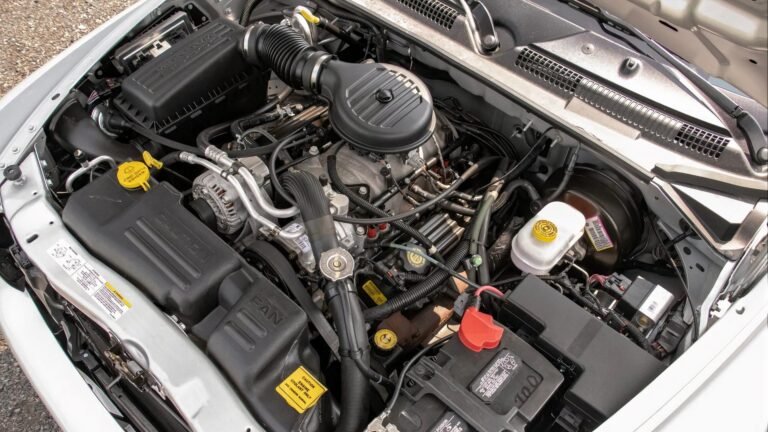

Welcome to the 284th installment of A View From the Easel, a series in which artists reflect on their workspace. This week, artists relish the luxury of walls and run a minimal-waste studio.
Want to take part? Check out our submission guidelines and share a bit about your studio with us through this form! All mediums and workspaces are welcome, including your home studio.
Bruria Finkel, Santa Monica, California

How long have you been working in this space?
Sixty years.
Describe an average day in your studio.
I start at 10am and get off at 3pm and work on several pieces at once. I think a lot while I’m in the studio and wait to get inspired by my ideas. Sometimes I put them on paintings, canvas, photographs, or what I deem the media to use. I don’t listen to anything, although I used to listen to KPFK radio. Now I like silence.

How does the space affect your work?
This is my new studio that was built four years ago in place of my old one. Now I have space to display my work on the wall, a great luxury I didn’t use to have. I’m able to look at the work longer and make decisions about what to change. The natural and artificial light are so much better than before and are very helpful.
How do you interact with the environment outside your studio?
I’m involved with artists in Santa Monica, and for many years participated in programming, and I was a founder of the Arts Commission in Santa Monica. I was one of the first 24 artists in California asked to teach in schools in the early 1970s in Compton. I was also very involved in the Venice arts community. I am still active every day and in my community. I am currently working on reviving, with the help of members of the Santa Monica Arts Commission, an unrealized project begun in 1984 called NES Park, for Natural Elements Sculpture Park. The first commission we hope to build is a project submitted by Nancy Holt that would be on the beach and would mark various solstices and astronomical events for the next 1,000 years.

What do you love about your studio?
The light! The space! And I need more. The comfort of being at home (it’s in my home and I don’t have to get in my car and go somewhere).
What do you wish were different?
More space!
What is your favorite local museum?
There are so many wonderful musuems it’s hard choose, but I really enjoy LACMA and the Hammer.
What is your favorite art material to work with?
I have worked with many different materials at different times and find that I accommodate my choices to my ability to use the materials. I used to do ceramics, heavy and big things; I made paper and paper sculptures, and now I prefer to sit down and work, using wood veneer and oil pastel.
Janet Bruesselbach, Long Island City, Queens

How long have you been working in this space?
Eleven months.
Describe an average day in your studio.
My studio is a 20-minute bike ride from home, so if the weather and my health are good enough, I arrive invigorated. I only have two or three days a week, but one is immediately post-therapy. I arrive around 11am, sometimes with a jianbing or donut and tea. As I get settled in, I’ll get the playlist of recently imported music going — synthwave, metal, art pop. I may go straight into painting, first laying out my palette, currently a conceptual circle of 12 nontoxic pigments from tubes, with white in the center. I put on Art Guard or gloves, then turn on time lapse on my camera so I can do socials-friendly “process” shots that look nothing like the popular ones but do involve minimal additional effort on my part.
I can rarely work for more than four hours straight, but I get quite a lot done in that time. Usually what makes me stop is hunger. I need to be ready to pick up my kid from preschool at 4pm, whether my spouse seems to be able to do it or not, so I always need to check on that around 3:15pm to give myself the cleanup and commute time.
How does the space affect your work?
My studio is in a mixed industrial building, formerly the Wells, run by the huge and problematic real estate company Rockrose. I am one of the only individual artists on the first floor, and I have never met the others, although there are more on the upper two floors among printers, recording studios, and creative specialists. It’s affordable for the amount of space it offers and the great location, but the downside is no windows or other ventilation besides the front door. It is a liminal space with ductwork running through it, next to the manager’s office, with two concrete brick walls difficult to put anchors in. I have become a bit less of a portrait artist and work much more out of a sense of interiority, of invention, and the struggle of memory and generative abstraction. I have adapted a way of working in oils with minimal potentially dangerous inhalants. I have always had a minimal-waste way of working, using old t-shirts as rags, glass palettes, building my own canvas out of donated or found wood and canvas, to fit into found frames.

How do you interact with the environment outside your studio?
There is not much of a community among the artists in the building, as most creative tenants mind their own business. My grad school studio, 18 years ago, was similarly interior, but its placement was especially social and open. This has been isolating in a way that is arguably unhealthy but that, as a deeply introverted person, I appreciate as a greater independence than I have known before. In considering renewing my lease recently, I looked at moving within the building or to others where I would need to share with another artist for cost reasons, and couldn’t bring myself to navigate that relationship again despite it being very good for me previously. That said, the LIC neighborhood is dense with art studios and during May, LIC Arts Open becomes a hub for exhibitions. That seems to be the only real time when artists network. My studio currently stores all the supplies for the Queer Liberation March. I am more a part of queer and activist communities than I am generally artistic ones. This particular studio aligns well with my asexual era. There IS an inflatable bed, but it’s more for emergency sleep than entertaining muses.
What do you love about your studio?
I have grown to appreciate its cave-like qualities, calling it my art hole. It is in an art neighborhood despite very little community interaction. It is accessible on the first floor, has a heat pipe on the floor but stays cool in the summer, and feels like a space carved out of industry for indulgent aesthetics. It is remarkably cheap for what it is, although I am sure I could be paying less for a shared space in a less central location.
What do you wish were different?
I miss air, sunlight, and my four months of security deposit.
What is your favorite local museum?
MoMA PS1 is the most local and I usually enjoy their curation, but my favorite in the city is the Leslie-Lohman Museum of Art. I am a bit biased in that they are the only one that contains my own work. I must shamefully admit I don’t visit NYC’s museums, or as many of them, as often as I should.
